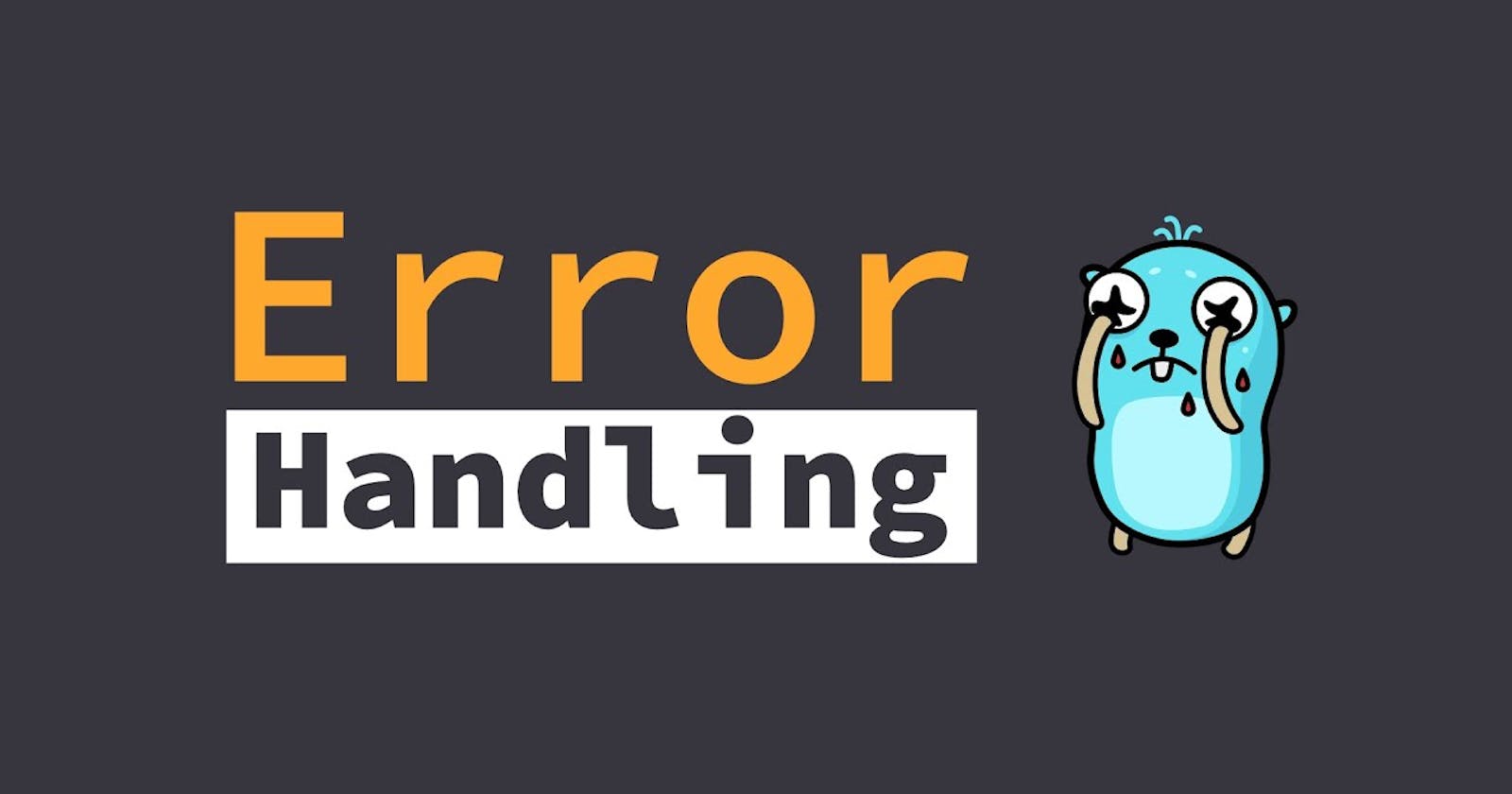Introduction
Error handling is a crucial part of any application, and it becomes even more critical in a language like Go, where the language design focuses on simplicity and reliability. Go provides robust error-handling features that allow developers to handle errors efficiently and gracefully. In this blog, we will discuss Go error handling best practices and advanced tips with code.
- Use error return values
Go does not have exceptions like many other programming languages, instead, it relies on error return values. Functions in Go can return errors as the last value, and the calling function can check if the error value is nil to determine if the function succeeded or failed.
For example, consider the following code snippet:
func Divide(x, y float64) (float64, error) {
if y == 0 {
return 0, fmt.Errorf("cannot divide by zero")
}
return x / y, nil
}
func main() {
result, err := Divide(10, 0)
if err != nil {
fmt.Println(err)
return
}
fmt.Println(result)
}
In this example, the Divide function returns an error if the second parameter y is zero. The main function checks the error value and prints the error message if the Divide function fails.
- Use custom error types
In addition to returning built-in error types like fmt.Errorf, Go also allows developers to create custom error types using the error interface.
Custom error types provide better context to errors, making it easier to debug and fix issues in the code. Custom error types can also include additional fields and methods to provide more information about the error.
For example, consider the following code snippet:
type CustomError struct {
message string
code int
}
func (e CustomError) Error() string {
return fmt.Sprintf("%s (code: %d)", e.message, e.code)
}
func Divide(x, y float64) (float64, error) {
if y == 0 {
return 0, CustomError{"cannot divide by zero", 100}
}
return x / y, nil
}
func main() {
result, err := Divide(10, 0)
if err != nil {
fmt.Println(err)
return
}
fmt.Println(result)
}
In this example, we have defined a custom error type called CustomError that includes a message and a code. We have also defined an Error method for the CustomError type, which formats the error message and code.
- Use defer and recover for panics
Go provides a panic and recovery mechanism for handling unexpected errors. A panic occurs when the program encounters an unrecoverable error, and the program terminates. However, Go allows developers to recover from panics using the recover function.
The recover function should be used in conjunction with the defer statement, which executes a function call after the surrounding function returns. By using defer and recover, we can gracefully handle panics and prevent the program from crashing.
For example, consider the following code snippet:
func main() {
defer func() {
if r := recover(); r != nil {
fmt.Println("recovered from:", r)
}
}()
panic("something went wrong")
fmt.Println("this line will never execute")
}
In this example, we have defined a defer function that recovers from any panics that occur within the surrounding function. We have also intentionally caused a panic using the panic function.
- Use logging for error messages
In addition to returning error values, Go developers should also use logging to record errors and debug information. Logging allows developers to collect and analyze error messages, which can be useful for identifying and fixing
In short, Go offers effective error handling mechanisms through practices such as error return values, custom error types, defer and recover for panics, and logging. By implementing these techniques, developers can create dependable and easy-to-maintain applications.
